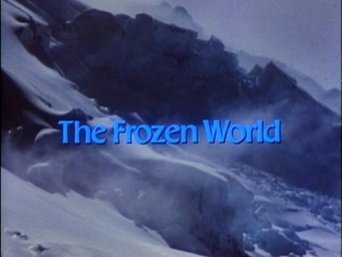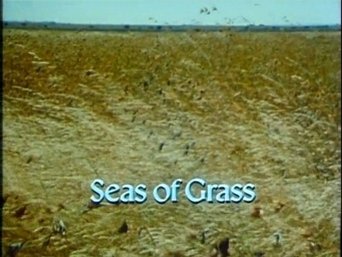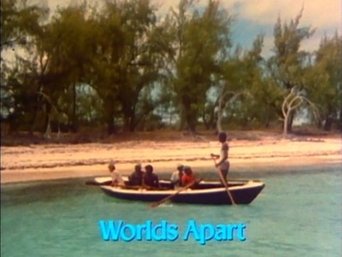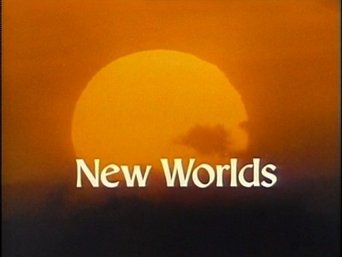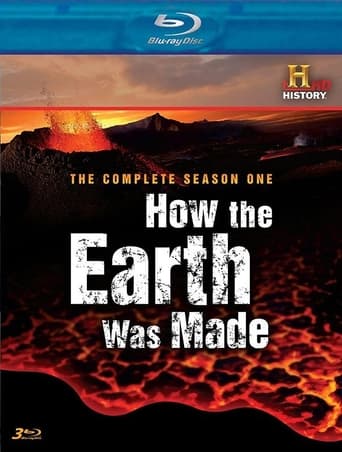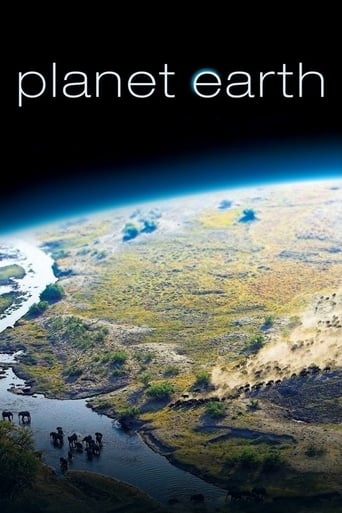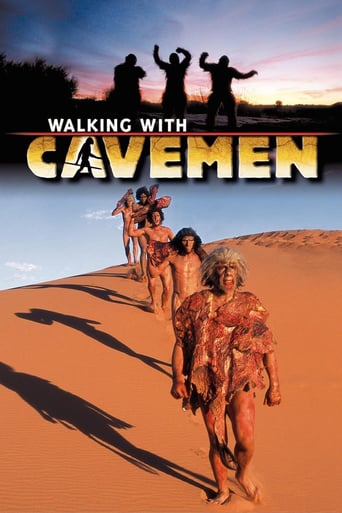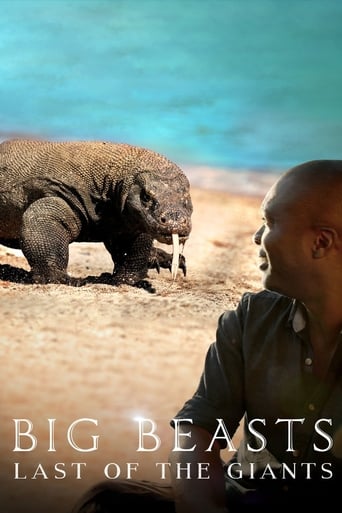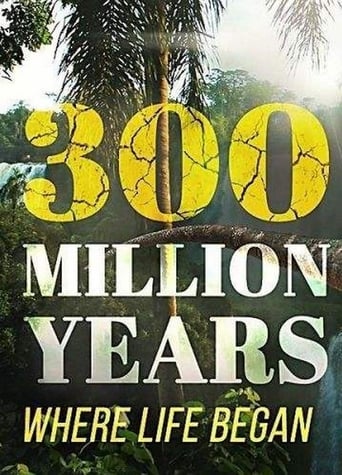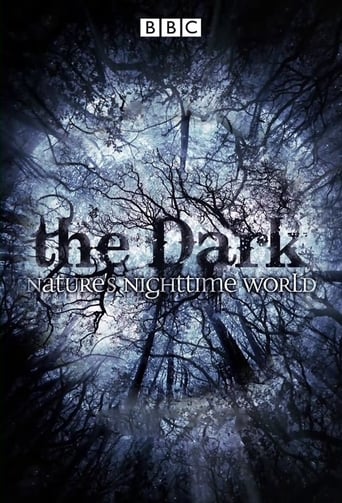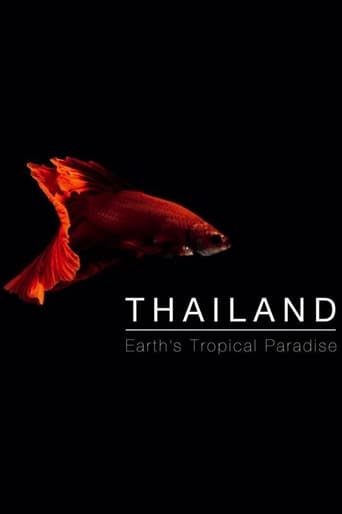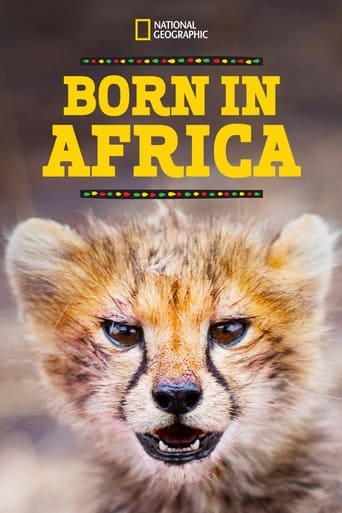The Living Planet (1984)
The Living Planet
1984
David Attenborough examines the ways in which animals and plants adapt to their surroundings.
Seasons & Episode
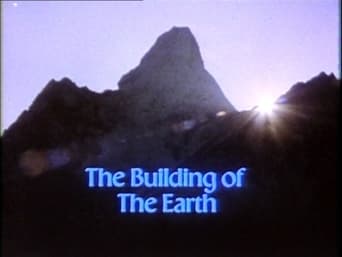
This episode covers how the various land masses of the earth were formed, including discussion of tectonic plates, faults, volcanos and other such forces. Also discusses how flora and fauna adapt to these sorts of environments as they currently exist. Includes visits to the Himalayas, Mount St Helens & Krakatoa.

This episode covers the great coniferous forests which ring the earth just below the Arctic ice in the north. Also covers other temperate forests such as the redwood, sequoia and pine forest. Life forms covered include birds, squirrels, moose, owls, lynx, wolverines, woodpeckers, shrews, voles, deer, bears, chipmunks, salamanders, ducks, snakes and fungi.
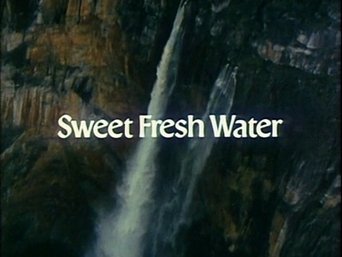
This episode covers life in streams, puddles, lakes and rivers including the various stages of the development of rivers from their headwaters right through to the deltas. Also covers the effects of silt, erosion, rocks, waterfalls and other natural features. Includes larvae, water birds, reptiles, fish, pelicans, cormorants, snakes, fresh-water seals, otters, crocodiles, turtles and much more.
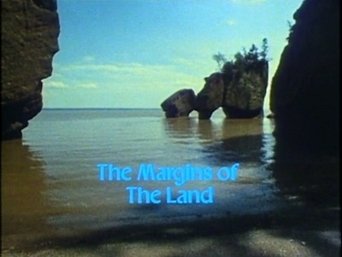
This episode focuses on coastlines including mud flats, mangrove swamps, rock pools and beaches. Creatures included are insects, crustaceans, worms, deer, boar, mud skippers, crabs, water birds, otters, crocodiles, sea urchins, anemones, starfish, mussels, mollusks and the magnificent sea turtles and their nesting habits.
David Attenborough examines the ways in which animals and plants adapt to their surroundings.
Watch Trailer
Free Trial Channels



